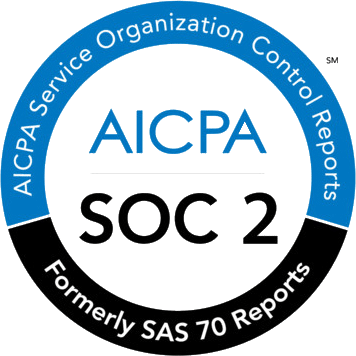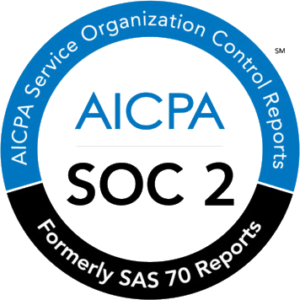As 2024 heralds significant advancements in electric vehicle (EV) infrastructure, it’s crucial for businesses to develop a robust workplace EV charging policy. This guide, infused with the latest insights and statistics, will assist you in crafting a policy that not only aligns with current trends but also prepares your company for future developments in the EV landscape.
Table of Contents
ToggleUnderstanding the Electric Vehicle Landscape in 2024
With the 2024 boom in EV charging infrastructure, driven by a $5 billion investment from the 2021 National Electric Vehicle Infrastructure Plan, businesses have a unique opportunity to support the growing number of EV drivers. This expansion, alongside the arrival of new EV models, underscores the need for a comprehensive workplace EV charging policy.

How to Create A Workplace EV Charging Policy?
Step 1: Assessing Workplace Charging Requirements
Conduct a Survey
Start by surveying your employees to understand the current and projected number of EV drivers. This will help estimate the demand for charging stations at your workplace.
Infrastructure Assessment
Evaluate your existing electrical infrastructure to determine its capacity to support EV charging stations. This may involve consulting with electrical engineers or specialists.
Step 2: Developing a Comprehensive Workplace EV Charging Policy
Charging Station Types
Decide on the types of charging stations (Level 1, Level 2, or DC Fast Charging) based on employee needs and your electrical infrastructure.
Access and Scheduling
Implement a system to manage charging station access. This could include a reservation system or a first-come, first-serve policy, ensuring fair usage.
Integration with Renewable Energy
Consider integrating your charging stations with renewable energy sources like solar panels to further enhance sustainability.
Step 3: Balancing Costs and Incentives
Cost Analysis
Evaluate the costs involved in installing and maintaining charging stations. Consider options like government incentives or grants to offset these costs.
Pricing Strategy
Decide whether to offer free charging, a pay-per-use model, or a hybrid approach. Consider the implications of each for your business and employees.
Step 4: Ensuring Safety and Compliance
Compliance with Regulations
Ensure that your charging stations comply with local and national electrical codes and safety standards.
Regular Maintenance
Set up a schedule for regular maintenance and inspection of the charging stations to ensure they remain safe and functional.
Encouraging EV Adoption
Educational Campaigns: Organize informational sessions about the benefits of EVs and how to use the charging stations.
Partnerships for Discounts
Partner with local EV dealerships to offer discounts or incentives for employees looking to purchase an EV.
Conclusion
By establishing a well-thought-out workplace EV charging policy, your company can not only support the shift towards sustainable transportation but also demonstrate its commitment to employee welfare and environmental stewardship.
As 2024 marks a pivotal year in EV adoption, this policy will position your business as a forward-looking and responsible entity in the corporate world.
Ready to propel your company into a sustainable future with a comprehensive Workplace EV Charging Policy?
Reach out to us for a personalized consultation and explore how our expertise can transform your approach to EV charging. Contact us today and take the first step towards a greener, more innovative workplace.












